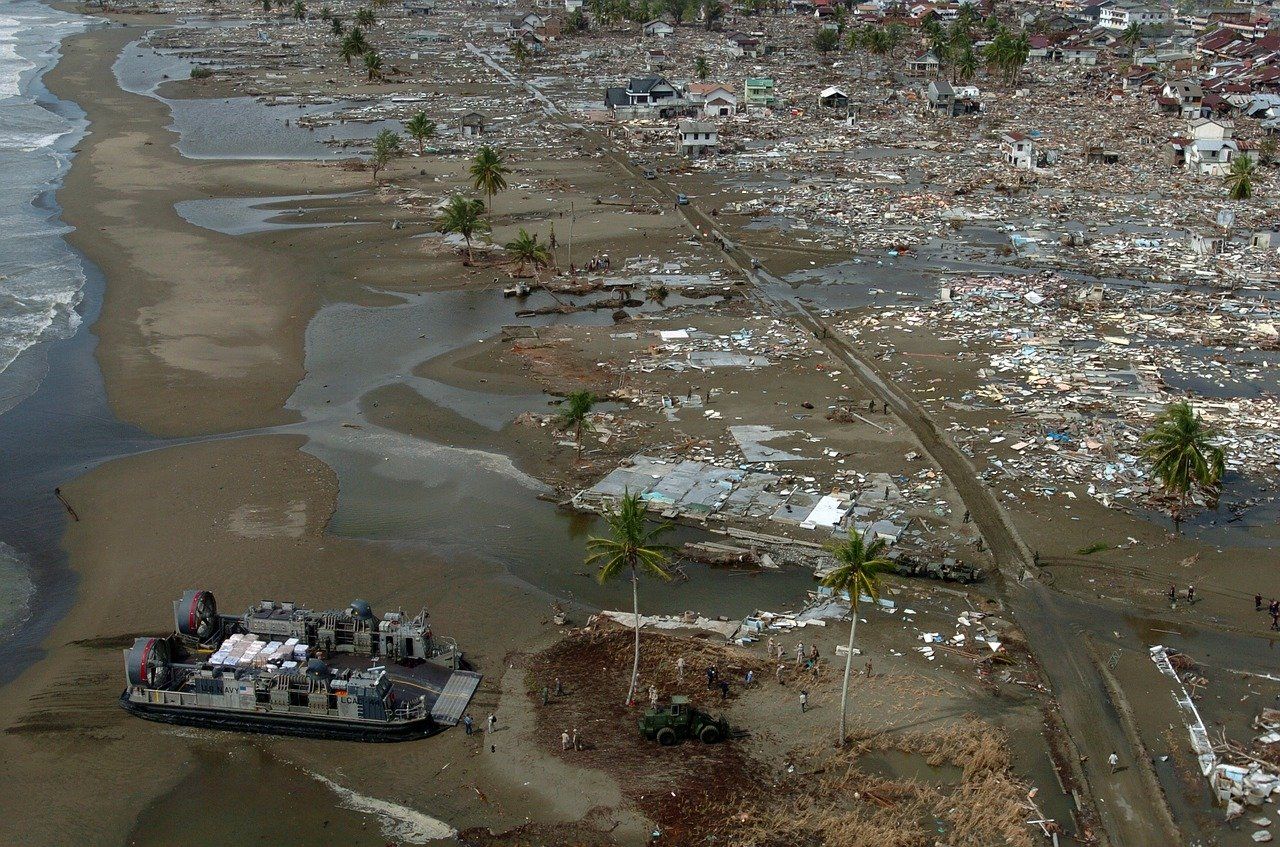Disaster Victim Identification Documents
Interpol DVI Guide
The DVI Guide provides guidelines for use by INTERPOL Member Countries in the identification of disaster victims. It can also be used to assist in establishing DVI Teams and in the management of DVI operations by those countries that either do not currently have a DVI capacity, or have never been confronted with such operational situations.
DVI Quality Management Guidelines
This document is applicable to all jurisdictions providing a DVI function including dedicated DVI teams, part-time DVI teams and teams convened on an incident-by-incident basis. These guidelines are applicable to those organizations that perform activities as part of the DVI process. This includes the Lead Agency and the organization/s that carry out the following functions in support of the DVI process:
Information For Loved Ones
This brochure gives answers to relatives or people close to someone about what to do and what they will be confronted with after they have filed a missing person report with the police. They hope that the person that is missing has not been harmed or has even died. But yet, this may be the case. To give people peace of mind, the Disaster Victim Identification Team (DVI Germany) of the Bundeskriminalamt (BKA) has the produced this document.
Post Mortem Form (Pink)
In addition to the examination of the human remains, property is to be meticulously examined, cleaned and stored. These property items may include jewellery, personal effects and clothing. Again, all relevant post mortem information obtained during this phase is recorded on the pink INTERPOL DVI Post-mortem forms
Ante Mortem (Yellow)
Following the receipt and categorisation of missing person reports, interview and/or investigation teams will be formed. Their function will involve collecting the detailed descriptions of each missing person/potential victim, including specific details such as jewellery, clothing, or other property items as well as dental and medical records, radiographs, photographs, DNA, fingerprint and other identifying particulars. This information is recorded on the yellow INTERPOL DVI ante-mortem forms
Disaster Victim Recovery Form
This document contains a detailed list of all the information that is needed to be completed when a body is recovered. This information is vital as it will assist with the identification process.
Identification Report
Written reports/statements should be submitted by the individual DVI disciplines where the information is used to support the identification of a deceased. Reports/statements submitted are to conform to local administrative and evidence act requirements. In circumstances where a formal statement is not applicable a report/certificate may be produced.
Lessons Learned From 9/11
Although this report does not address every aspect of a mass fatality DNA identification effort, it does stress intentional testing redundancy as a way to monitor a system’s effectiveness. The report also discusses how decisions made in the first 48 hours after a mass fatality event shape the scope of the identification effort.
Interpol Tsunami Report
This report was producted by an Interpol Working Group. The scope of this review specifically concentrates on the experiences and learning of responders and advisers to the Tsunami events within South East Asia. The period of the review extends from the initial incident on the 26th December 2004 through to the agreed withdrawal of international teams from Thailand on the 28 February 2006. Additionally, this review is not exclusive to the experiences of Thailand but will also encompass relevant learning from the experiences of other affected nations where available.












